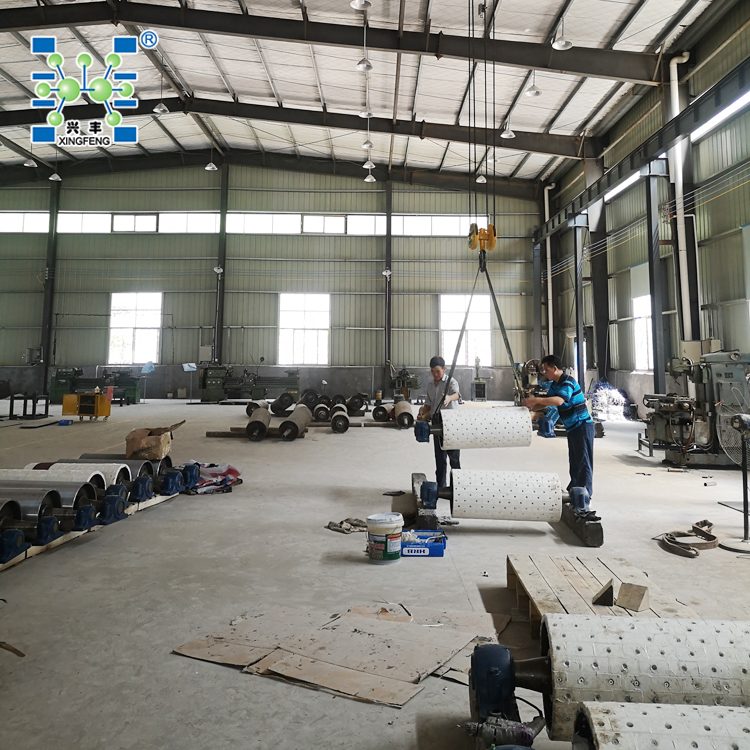Researchers at UCLA have made a breakthrough in the development of lithium-metal batteries, which have the potential to outperform current lithium-ion batteries. While lithium-metal batteries can hold double the energy of lithium-ion batteries, they are also much more prone to corrosion and the risk of fire or explosion. The UCLA researchers have developed a technique that deposits lithium metal onto a surface without causing corrosion, resulting in the formation of a 12-sided figure known as a rhombic dodecahedron. This shape is unexpected and matches predictions based on the crystal structure of the metal. Previously, the structure of lithium metal was described as “chunky” or “column-like.”
Lithium-metal batteries coat an electrode with metallic lithium, packing ten times more lithium into the same space compared to lithium-ion batteries. The current process involves the use of electrolytes to lay down the lithium coating, but this often results in the formation of microscopic filaments and spikes, which can cause short circuits and ultimately lead to an explosion. Ceramic Honeycomb Filter

The discovery of the rhombic dodecahedron shape in lithium-metal batteries has important implications for battery safety and performance. By preventing corrosion and allowing the lithium atoms to accumulate in an orderly form, the risk of explosion can be reduced. Additionally, this research could lead to the development of high-performance energy technology.
The UCLA researchers are now focusing on exploring ways to further optimize the shape of lithium for dense packing, which could enhance both the safety and performance of batteries. The current prevailing view is that the choice of electrolytes determines the shape of lithium, but the UCLA researchers have challenged this idea by developing a technique that deposits lithium faster than corrosion forms.

350y Metal Structured Packing Overall, this groundbreaking research opens up new possibilities for the development of safer and more efficient lithium-metal batteries, which could have a significant impact on various industries that rely on rechargeable batteries, such as smartphones, electric vehicles, and renewable energy storage.